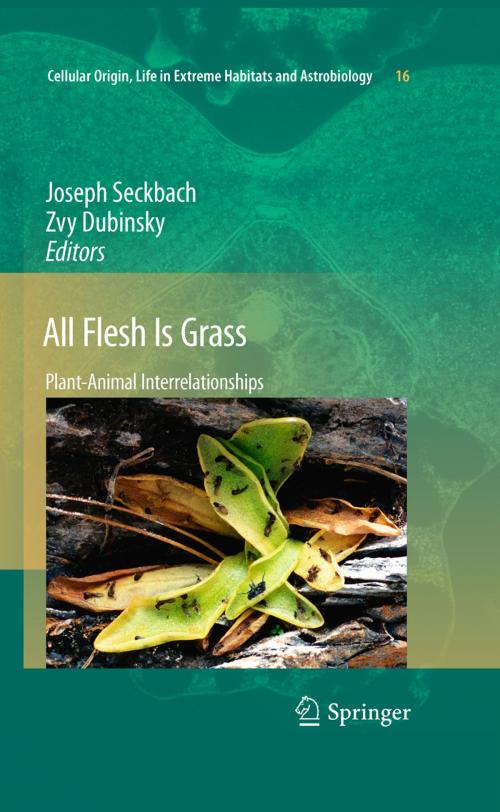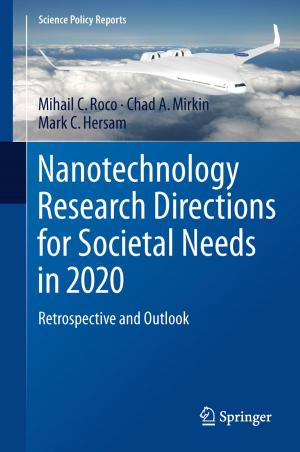All Flesh Is Grass
Plant-Animal Interrelationships
Nonfiction, Science & Nature, Science, Biological Sciences, Ecology, Technology, Agriculture & Animal Husbandry| Author: | ISBN: | 9789048193165 | |
| Publisher: | Springer Netherlands | Publication: | October 11, 2010 |
| Imprint: | Springer | Language: | English |
| Author: | |
| ISBN: | 9789048193165 |
| Publisher: | Springer Netherlands |
| Publication: | October 11, 2010 |
| Imprint: | Springer |
| Language: | English |
This new book takes us through a journey from early life to modern agriculture. The thirty eight authors present current studies on the interrelation of plants-animals. This topic has always fascinated man, as evidenced even by the first chapters of Genesis. The world of aqueous and terrestrial fauna appeared on early earth only after the flora covered the areas with the green pigmentation. Almost all life depends upon sunlight via the photosynthesis of the botanical world. We read abut the harnessing of bee pollination of crops to make it an essential component of modern agriculture endeavor. Some plants seduce insects for pollination by their appearance (e.g., disguised orchids entice visitors); there is the production of sweet nectar as a bribe in flowers to attract bees, butterflies, and honey-sucking birds. A particular outstanding phenomena are the carnivorous plants that have developed trapping and digesting systems of insects and higher animals.
This new book takes us through a journey from early life to modern agriculture. The thirty eight authors present current studies on the interrelation of plants-animals. This topic has always fascinated man, as evidenced even by the first chapters of Genesis. The world of aqueous and terrestrial fauna appeared on early earth only after the flora covered the areas with the green pigmentation. Almost all life depends upon sunlight via the photosynthesis of the botanical world. We read abut the harnessing of bee pollination of crops to make it an essential component of modern agriculture endeavor. Some plants seduce insects for pollination by their appearance (e.g., disguised orchids entice visitors); there is the production of sweet nectar as a bribe in flowers to attract bees, butterflies, and honey-sucking birds. A particular outstanding phenomena are the carnivorous plants that have developed trapping and digesting systems of insects and higher animals.















